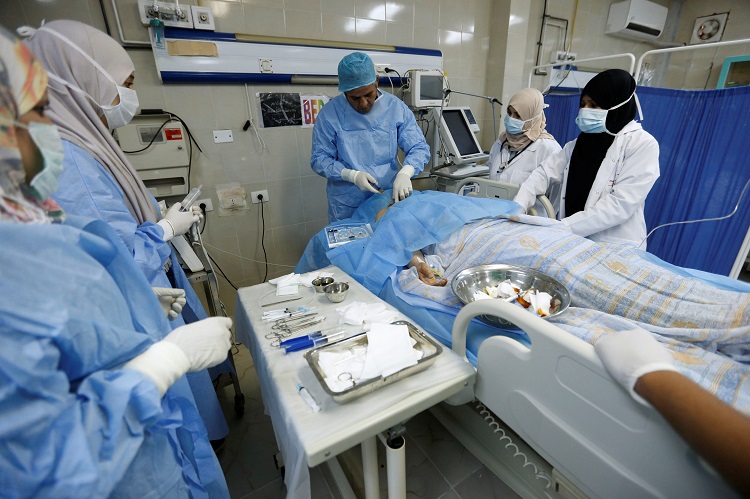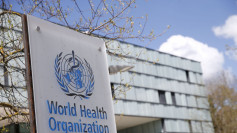About half of Hongkongers suffering from hepatitis C were formally diagnosed, and only 12 percent of them received proper treatment. This finding is based on the estimates of a study involving 11,000 residents of the city. The figures were below the target which is set but the World Health Organization (WHO), according to the Hong Kong Association for the Study of Liver Diseases.
WHO plans to reach diagnosis rate by 90 percent on 2030, while 80 percent of patients should receive treatment. The study involved 11,309 hepatitis C patients from 15 public hospitals, wherein researchers analyzed and collected their data between January 2005 and March last year. The government's estimations put the prevalence rate of hepatitis C in Hong Kong at 0.3 percent, meaning the city is the home of almost 22,000 sufferers.
Hepatitis C is a disease that can cause infection and inflammation of the liver. The condition usually develops when a person has been infected with the hepatitis C virus (HCV), which can either be chronic or acute. Hepatitis C has no vaccine, unlike the hepatitis A and B, but there are existing efforts to create one in the future. The condition is considered to be highly contagious which explains why there's a high number of people with hepatitis C.
The Centers for Disease Control and Prevention (CDC) stated that roughly 70 to 80 percent of hepatitis C sufferers don't have any symptoms, and although it's true, some patients reportedly experience mild to severe symptoms, such as jaundice, joint pain, abdominal pain or discomfort, loss of appetite, dark urine, and fever.
Professor Grace Wong Lai-hung, who is one of the authors of the study and a member of the association's governing council, noted that lack of awareness from the symptoms is the main problem why the virus is prevalent. She said that in Hong Kong, hepatitis C is not a major chronic illness in the liver, but the symptoms were not that obvious.
According to the South China Morning Post, patients seldom sought for Hepatitis C treatment because there are conventional therapies offered for free in the public sector, but only had an efficiency rate of about 60 percent.
But, there are new therapies which are 100 percent effective. Wong urged the government to put more resources into subsidizing hepatitis C treatments. The association is hoping that the study would be a useful tool in advising the government when it comes to prevention and control.






